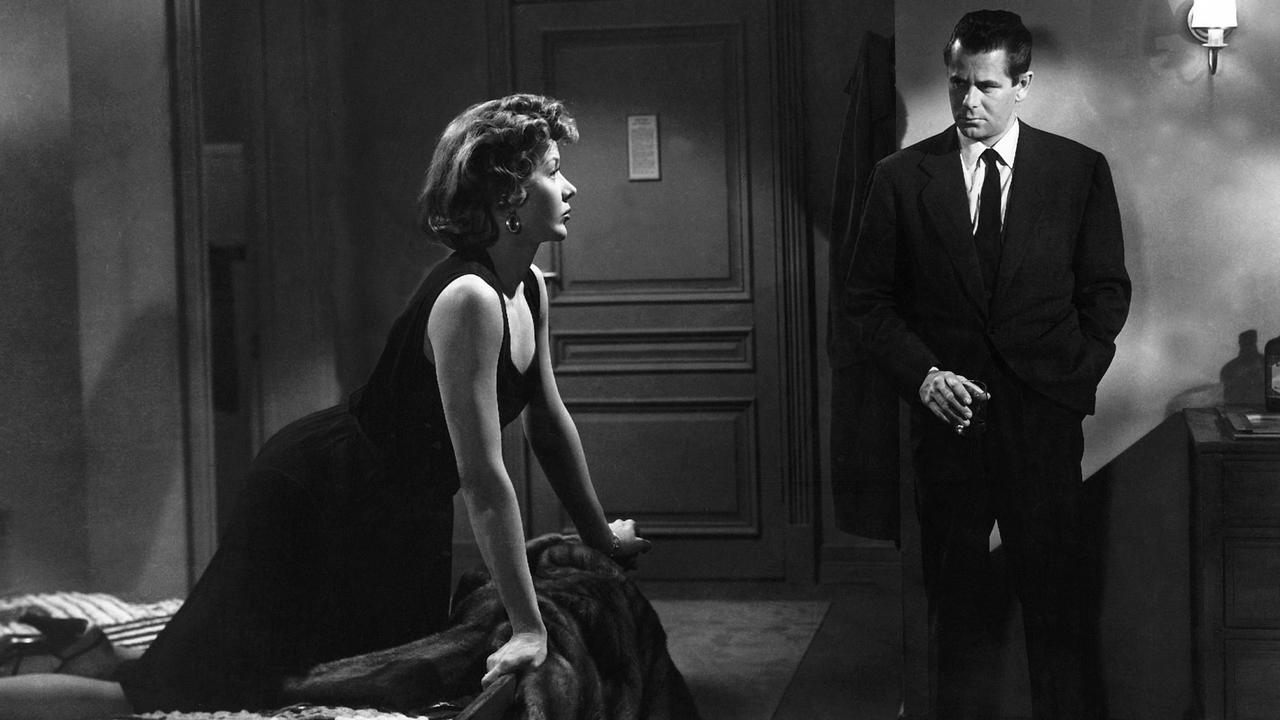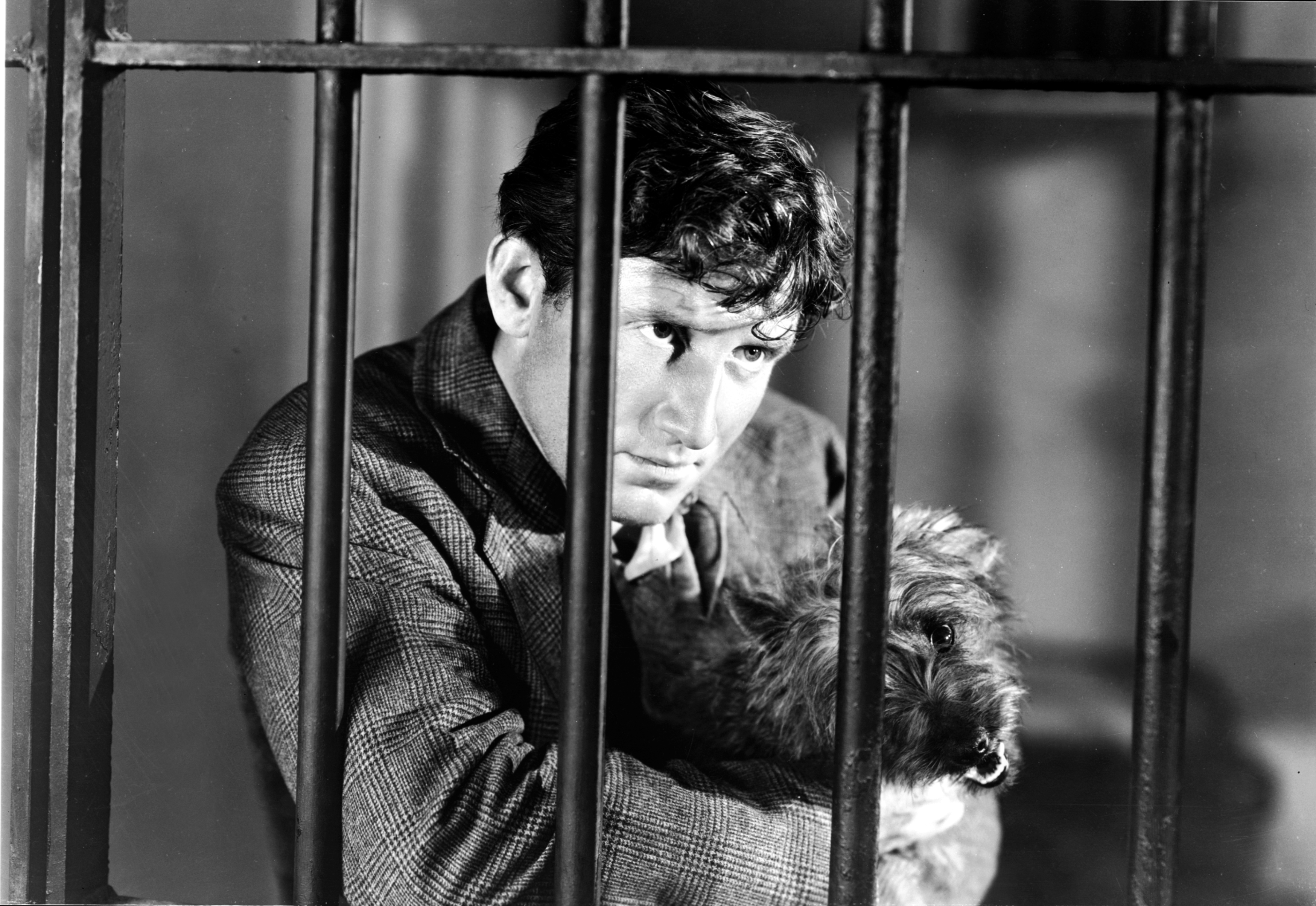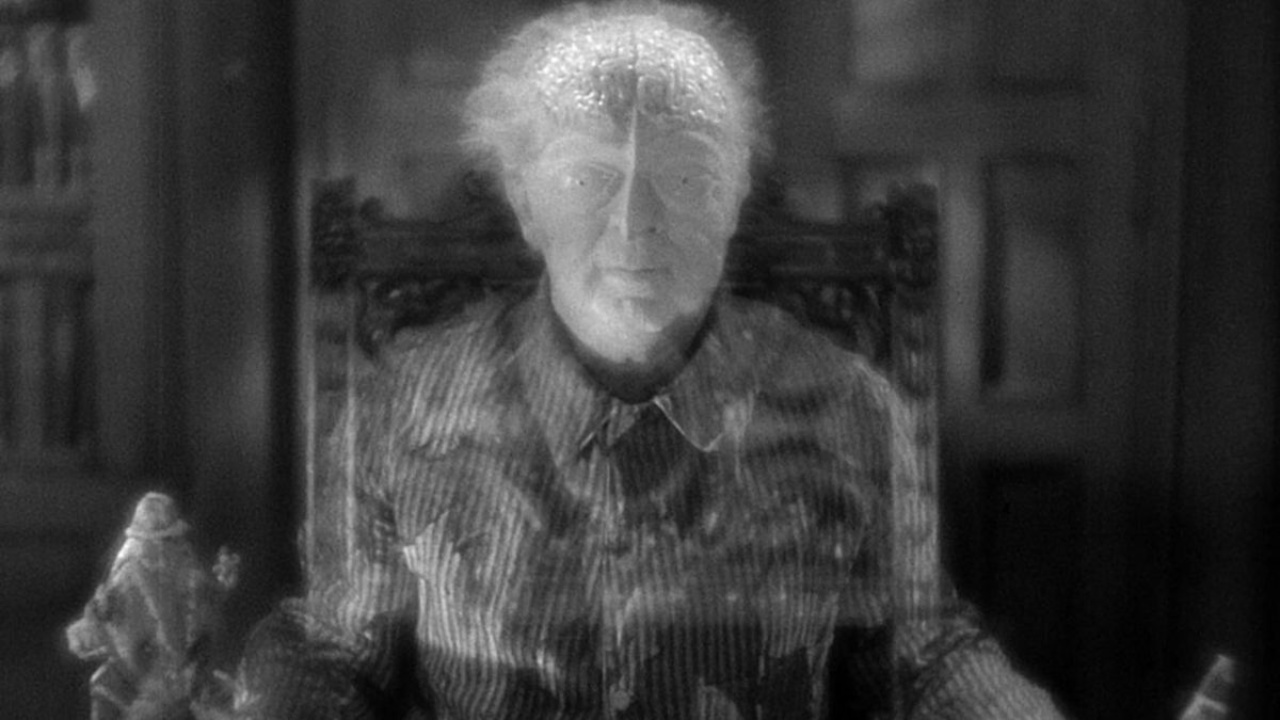Fritz Lang, an Austrian-born filmmaker, is known for his groundbreaking contributions to German Expressionism and film noir. With a filmography spanning Europe and America, Lang established himself as a pioneer in the film industry, acclaimed for his unique visual style, innovative cinematic techniques, and profound thematic narratives. His most iconic works, such as Metropolis and M, represent his keen ability to blend social commentary with compelling storytelling.
Lang’s filmmaking journey began in Weimar, Germany, where he wrote and directed a number of influential films that showcased his innovative style and storytelling prowess. A pioneer in his field, Lang’s elaborate and intricate use of tracking shots, crane shots, and dynamic angles became a signature style, making him one of the early masters of cinema. However, with the rise of the Nazi regime, Lang immigrated to the United States, where he continued to make films that reflected his unique perspective and artistic vision.
Lang’s films are known for their striking visual compositions, influenced by German expressionism. This is evident in Metropolis, where Lang’s visual style captures a dystopian future with dramatic lighting, exaggerated sets, and angular architecture to create a sense of unease and tension. This atmospheric use of light and shadow often mirrored the internal psychological states of his characters and underscored the dark themes of his narratives.
Beyond German Expressionism
Beyond visual prowess, Lang’s narratives were marked by their moral ambiguity and psychological depth. His characters, often torn between good and evil, were multi-dimensional, reflecting the complexities of the human psyche. This moral tension is at the heart of M, where the audience is compelled to empathise with a child murderer. Lang also frequently included strong and complex female characters, defying traditional gender roles of the time, such as in Scarlet Street and Clash by Night.
Lang’s films often conveyed critical socio-political commentary. Films like Metropolis critiqued industrialisation and its dehumanising effects, while Fury and You and Me critically examined American society. He masterfully built narrative tension and suspense, keeping audiences at the edge of their seats through clever pacing, strategic silence, and unexpected plot twists, creating a gripping cinematic experience.
Lang’s influence on global cinema is monumental, inspiring generations of filmmakers worldwide. Directors such as Jean-Luc Godard, Akira Kurosawa, and Alfred Hitchcock have cited him as a major influence. Lang’s German films, particularly M and The Testament of Dr. Mabuse, significantly influenced the development of the film noir genre with his use of shadowy visuals, morally complex characters, and exploration of psychological depths. His contribution to the noir tradition continued with his American films, such as Scarlet Street and The Big Heat.
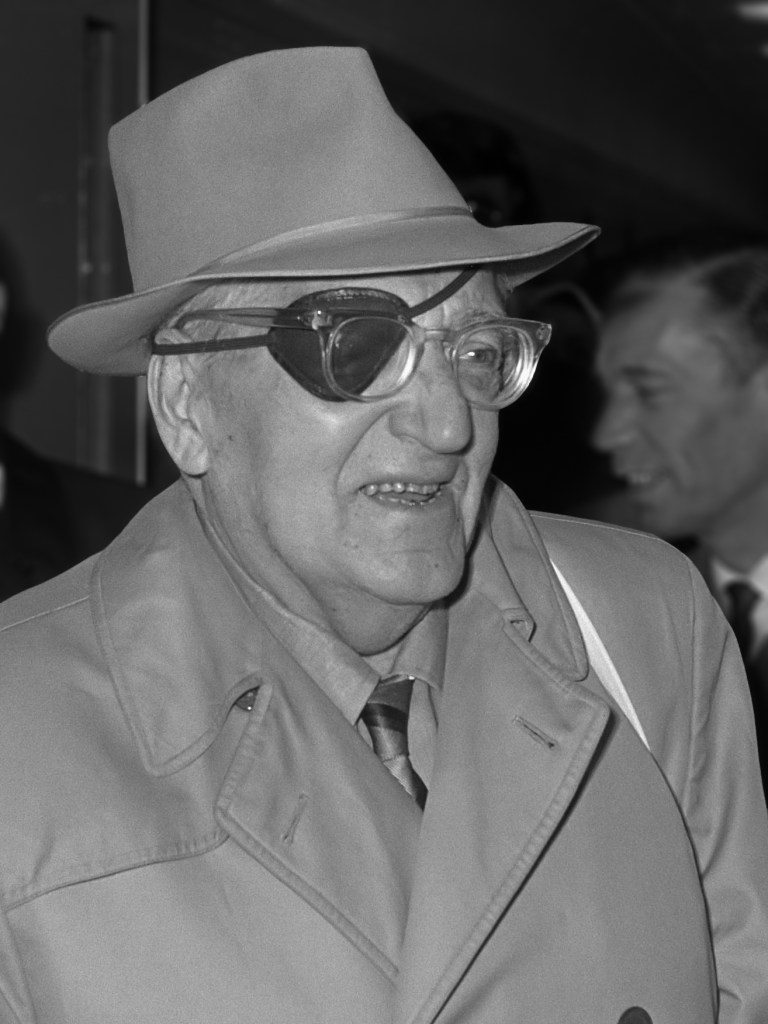
Fritz Lang (1890 – 1976)
Calculated Films:
- Destiny (1921)
- Dr Mabuse, the Gambler (1922)
- Die Nibelungen: Siegfried (1924)
- Die Nibelungen: Kriemhild’s Revenge (1924)
- Metropolis (1927)
- Spies (1928)
- Woman in the Moon (1929)
- M (1931)
- The Testament of Dr Mabuse (1933)
- Fury (1936)
- You Only Live Once (1937)
- You and Me (1938)
- Man Hunt (1941)
- Hangmen Also Die! (1943)
- The Woman in the Window (1944)
- Ministry of Fear (1944)
- Scarlet Street (1945)
- The Big Heat (1953)
- Moonfleet (1955)
- Beyond a Reasonable Doubt (1956)
- The Tiger of Eschnapur (1958)
Similar Filmmakers
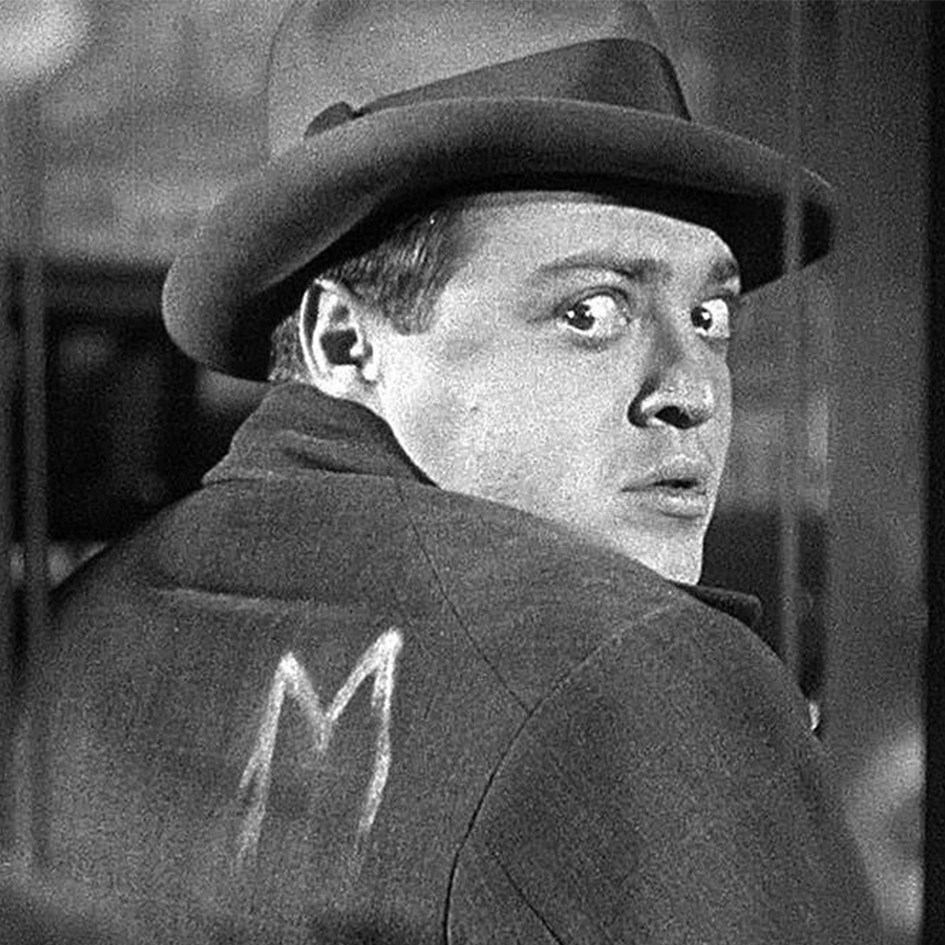
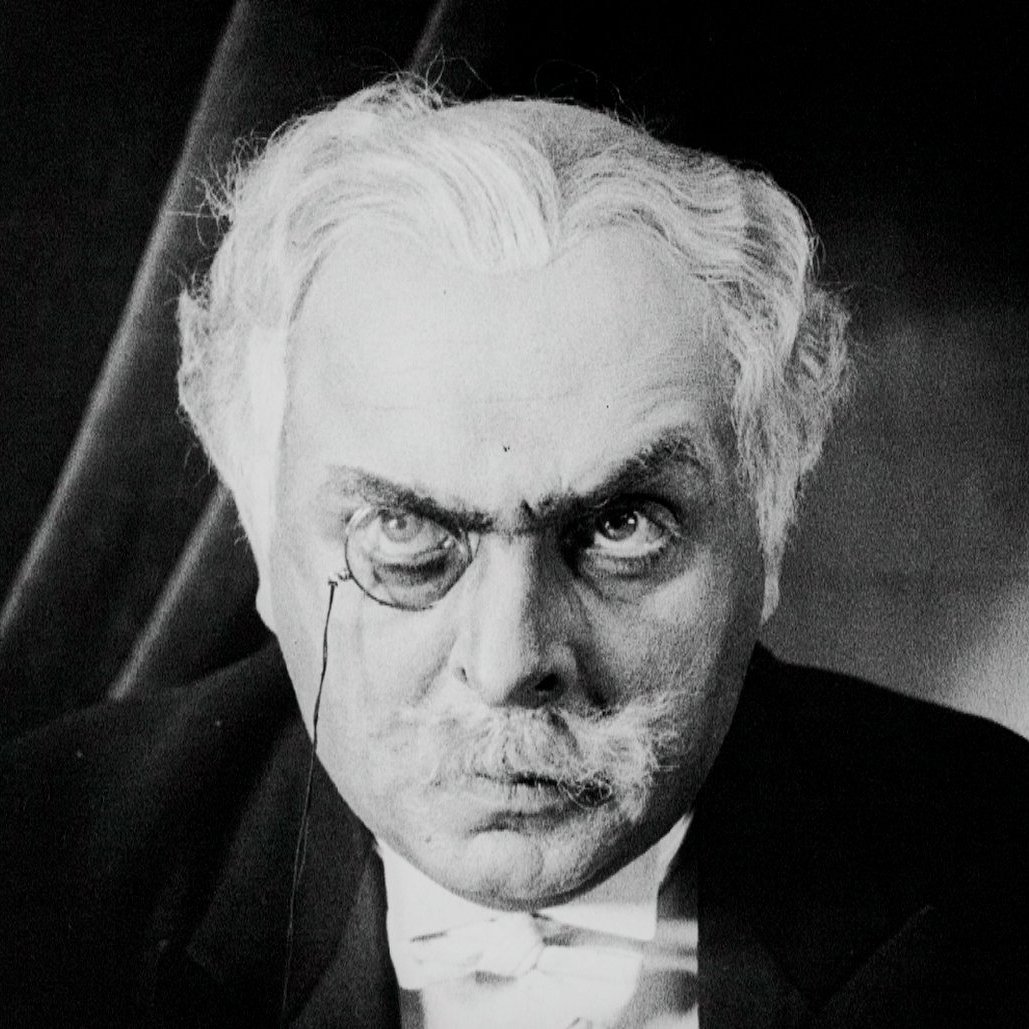

Fritz Lang’s Top 10 Films Ranked
1. M (1931)
Genre: Crime, Thriller
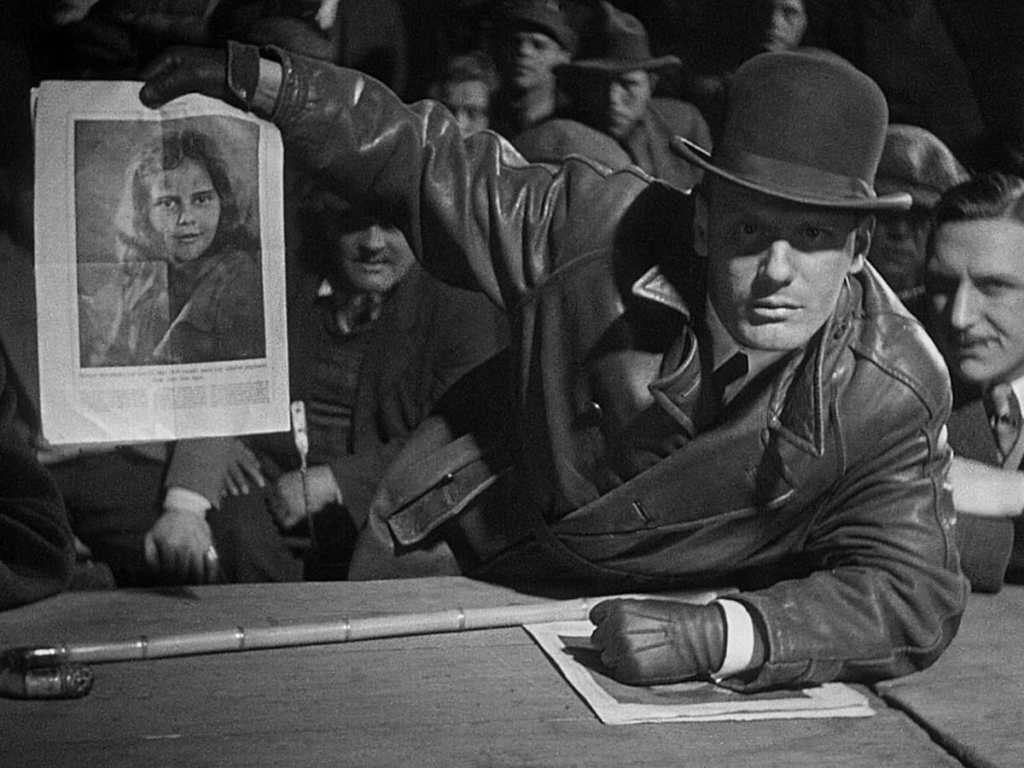
2. Metropolis (1927)
Genre: Dystopian, Sci-Fi
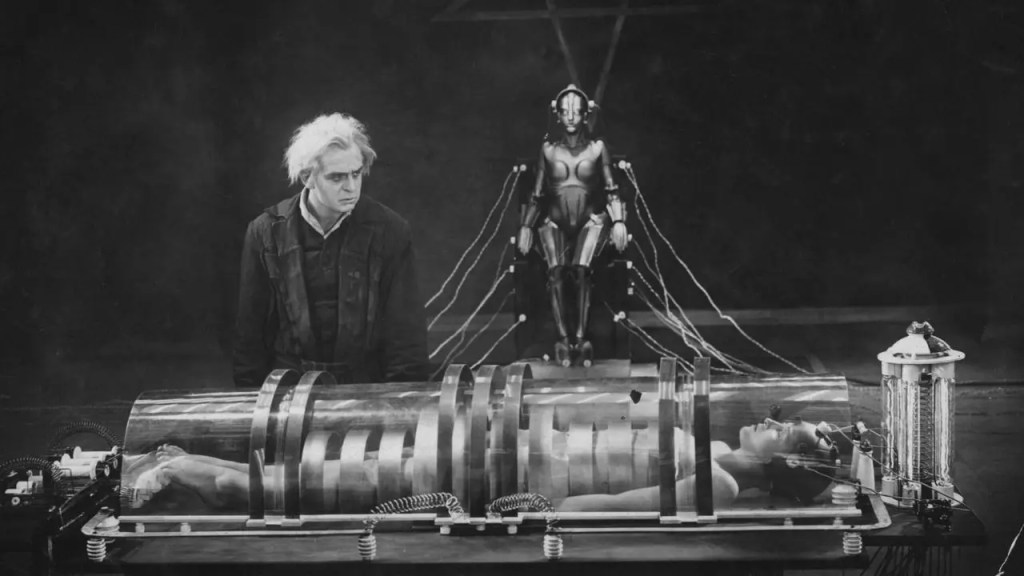
3. The Testament of Dr Mabuse (1933)
Genre: Crime, Thriller, Mystery
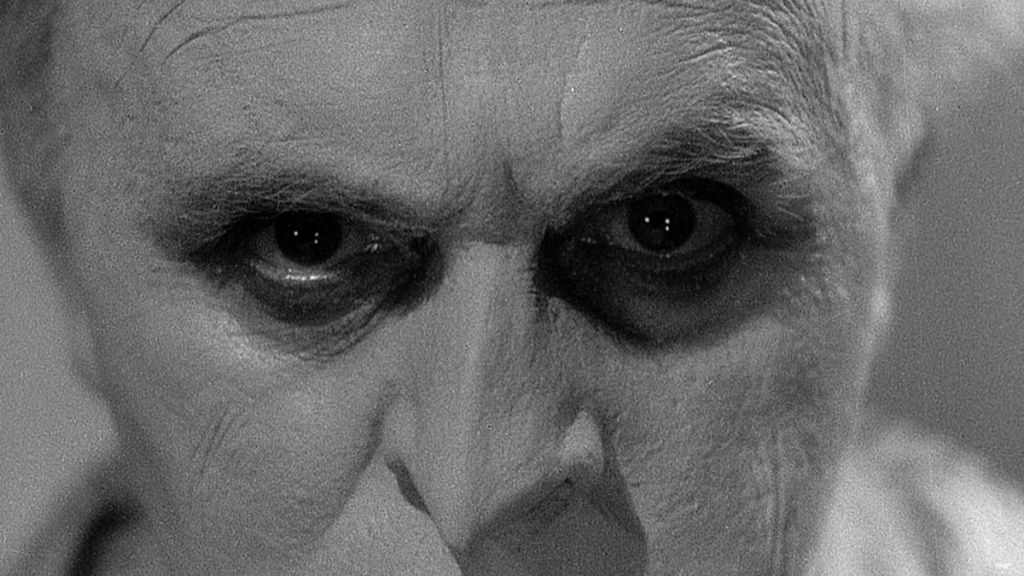
4. The Big Heat (1953)
Genre: Film Noir, Crime, Thriller
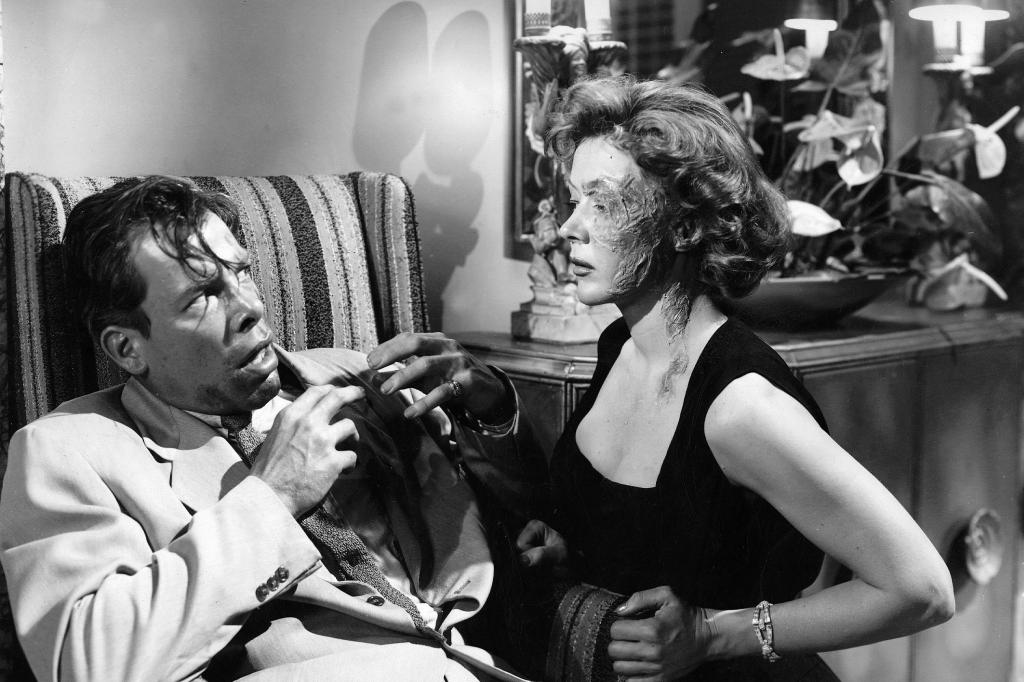
5. Dr Mabuse, the Gambler (1922)
Genre: Crime, Thriller

6. Die Nibelungen: Siegfried (1924)
Genre: Medieval, Tragedy, Sword and Sorcery, Epic
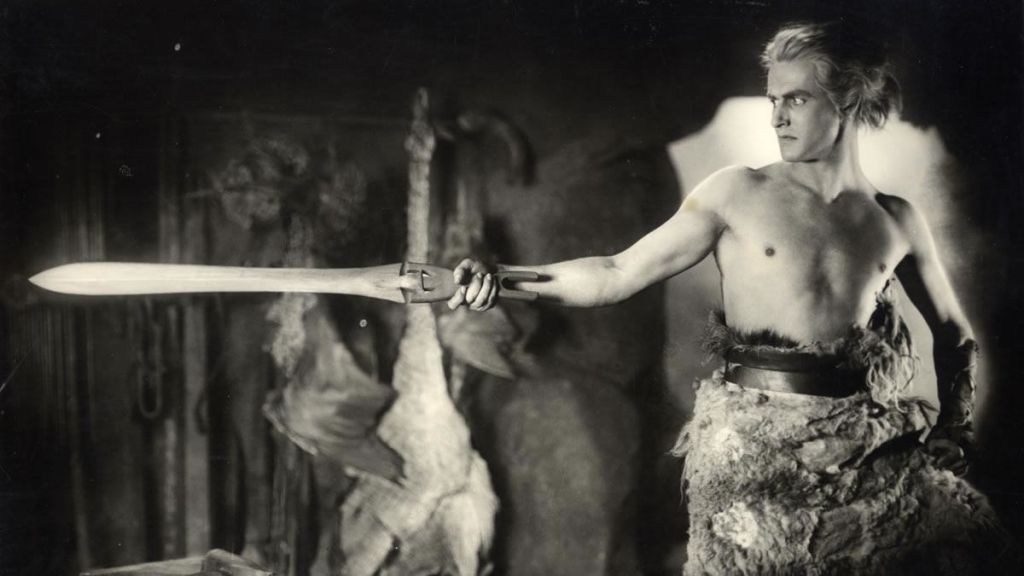
7. Scarlet Street (1945)
Genre: Film Noir, Crime, Drama

8. Fury (1936)
Genre: Crime, Legal Drama

9. Die Nibelungen: Kriemhild’s Revenge (1924)
Genre: Medieval, Tragedy, Sword and Sorcery

10. Spies (1928)
Genre: Spy, Thriller
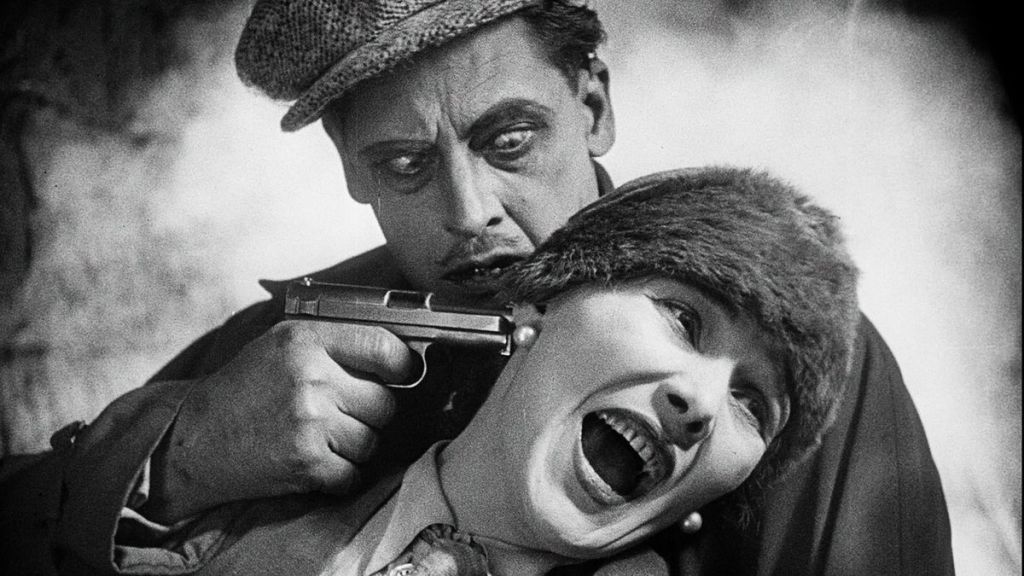
Fritz Lang: Themes and Style
Themes:
- Moral Ambiguity: Lang often blurred the lines between good and evil, showing protagonists with flaws and antagonists with redeeming qualities. Films like M and The Big Heat explore the complexities of human nature.
- Fate and Determinism: Throughout his work, Lang examined the role of fate in shaping human destiny. In Destiny and M, characters grapple with inescapable futures and the constraints imposed by their environments.
- Society and Individual Conflict: Films like Metropolis depict the struggles between the individual and oppressive societal structures. Lang was critical of the ways in which society can dehumanise and control its citizens.
- Crime and Punishment: Lang delved deep into the world of crime, the motivations behind it, and the consequences of justice. M and The Testament of Dr. Mabuse show the dark underbelly of urban life and the justice system’s response.
- Technological Anxiety: In Metropolis and Woman in the Moon, Lang presents a vision of a future shaped by technological advancements, raising questions about humanity’s reliance on machines and the potential pitfalls.
Styles:
- Expressionist Techniques: Influenced by German Expressionism, Lang used distorted sets, high-contrast lighting, and unique camera angles to convey internal emotional states, as seen in Metropolis.
- Complex Narratives: Lang’s films often had intricate plots with multiple layers, demanding viewer attention and engagement. The Dr. Mabuse series and The Spiders are classic examples.
- Striking Visuals: Whether it was the dystopian cityscape of Metropolis or the haunting shadows in M, Lang had an eye for creating unforgettable visuals that lingered in the audience’s memory.
- Use of Silence and Sound: In films like M, Lang innovatively used silence to create tension and then punctuated it with critical sound elements (like the whistle) to signify danger or key plot developments.
Directorial Signature:
- Collaboration with Thea von Harbou: Many of Lang’s most iconic films were co-written with his then-wife, Thea von Harbou, including Metropolis and M. Their partnership significantly influenced the tone and thematic elements of his works.
- Archetypal Characters: Lang often used archetypal characters, such as the mad scientist or the innocent victim, to delve deeper into universal human experiences and societal observations.
- Attention to Detail: Lang was known for his meticulous preparation and planning. He would often storyboard every scene in his films and was known to be a perfectionist on set.
- Political Commentary: Having witnessed the rise of the Nazis in Germany, Lang’s films often contained subtle and direct criticisms of totalitarianism and the loss of individual freedom, as seen in The Testament of Dr. Mabuse.
- Atmospheric Tension: Regardless of the genre, Lang had a knack for building suspense and creating a palpable atmosphere, making even the most mundane scenes feel charged with underlying tension.
Fritz Lang: The 17th Greatest Director
